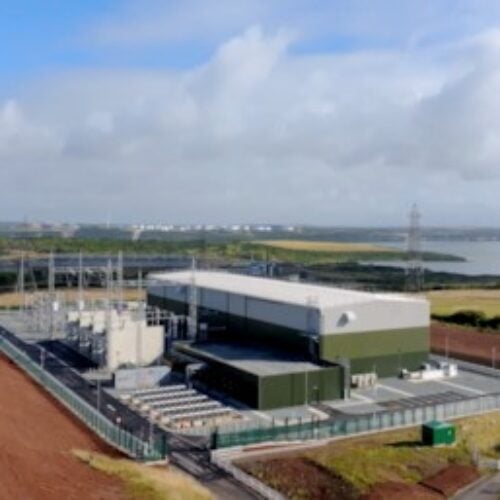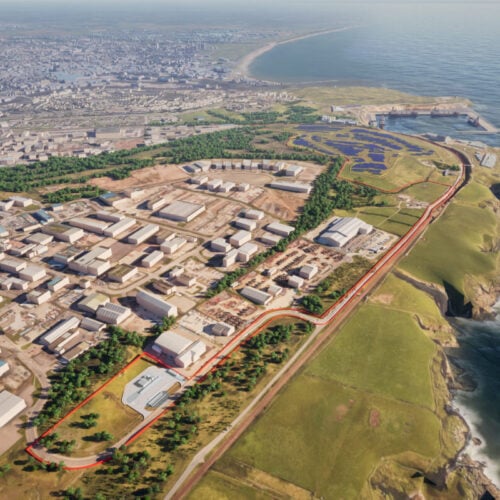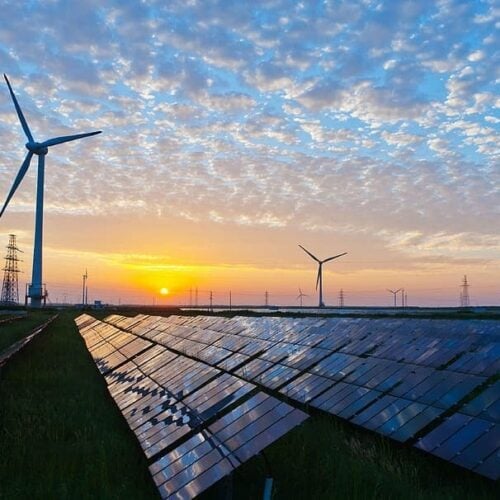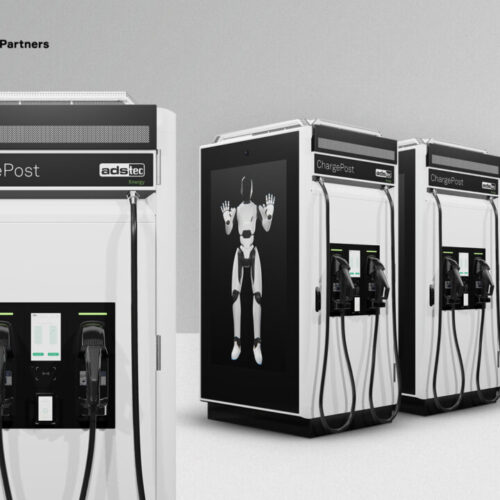Despite significant clean energy growth across the globe, the International Energy Agency (IEA) has warned that under today’s policy settings, emissions would remain high enough to increase global average temperatures to around 2.4 °C.
Bending the emissions curve onto a path towards a 1.5 °C maximum increase, the IEA’s flagship World Energy Outlook (WEO) report added, still remains possible but will be “very difficult.”
Major shifts towards renewables seen globally
Under the “phenomenal” rise in clean energy technologies across the globe, the WEO report believes that we will see a “considerable different global energy system by the end of this decade.”
This includes 10x the amount of electric vehicles (EVs) on the roads globally by 2030 under the report’s stated policies scenario (STEPS). The STEPS provides a more conservative benchmark, representing a path based on the energy and climate measures governments have put in place to date, as well as policies that are under development.
This impressive growth is attributed to the significant efforts of the EV industry globally, growing from only one in 25 cars sold being electric in 2020 to one in five in 2023.

According to data from New Automotive, the UK could achieve an 85% EV market share by 2028, if it remains steadfast in growing its EV charging network and reaching its EV targets.
Despite industry assurances that they will remain on track for a 2030 end to the sale of internal combustion engine (ICE) vehicles, the Prime Minster’s September announcement delaying the ban by five years to 2035, has been rebuked for the negative impact it will have on the UK’s EV market. According to the Energy & Climate Intelligence Unit (ECIU) for example, the delay will raise costs for drivers looking for cheaper EVs as second-hand models will now be less available.
The report also noted that the renewable share of the global electricity mix in 2030 is set to rise to 80% of new power generation capacity under current policy settings. As an example of this momentum, the IEA revealed that 500GW of renewable generation capacity is set to be added this year – a new record.
Solar photovoltaics (PV) global potential is significant, the report pointed out, with the technology set to account for over half of renewable expansion to 2030.
The IEA expects solar manufacturing capacity to exceed 1.2TW of module nameplate capacity per year by the end of the decade, however in the STEPS only 500GW of solar capacity will be deployed globally in 2030, less than half of the 1.2TW module nameplate capacity available for deployment.
Using 70% of the 1.2TW of solar module nameplate capacity per year expected by the end of the decade would bring deployment of solar PV to the levels projected in the Net Zero Emissions (NZE) scenario – which limits global warming to 1.5°C – further decelerating the use of fossil fuels.
The growing momentum of renewables coupled with structural economic shifts has taken a blow at fossil fuels, as the IEA noted that peaks in global demand for coal, oil and natural gas are all visible this decade – the first time this has occurred in a WEO scenario based on current policy settings. Under this scenario, the IEA continued, the fossil fuel share of global energy supply – hitherto stuck at 80% – would at least decline to 73% by 2030.
It is this increased uptake of renewables around the world that has led the IEA to conclude in its updated Net Zero Roadmap that a pathway to limiting global warming to 1.5 °C “is very difficult – but remains open.”
Cementing a pathway to a 1.5 °C limit
To ensure we remain on a pathway towards limiting global warming to 1.5 °C, the WEO proposed a global strategy consisting of five key pillars:
- Triple global renewable capacity
- Double the rate of energy efficiency improvements
- Cut methane emissions from fossil fuel operations by 75%
- Large-scale financing mechanisms to triple clean energy investments in emerging economies
- Develop measures to ensure an orderly decline in the use of fossil fuels, including an end to new approvals of unabated coal-fired power plants
“The transition to clean energy is happening worldwide and it’s unstoppable. It’s not a question of ‘if’, it’s just a matter of ‘how soon’ – and the sooner the better for all of us,” said IEA executive director Fatih Birol.
“Every country needs to find its own pathway, but international cooperation is crucial for accelerating clean energy transitions. In particular, the speed at which emissions decline will hinge in large part on our ability to finance sustainable solutions to meet rising energy demand from the world’s fast growing economies. This all points to the vital importance of redoubling collaboration and cooperation, not retreating from them.”
Part of this article was taken from our sister site PV Tech, to read the full feature click here.






